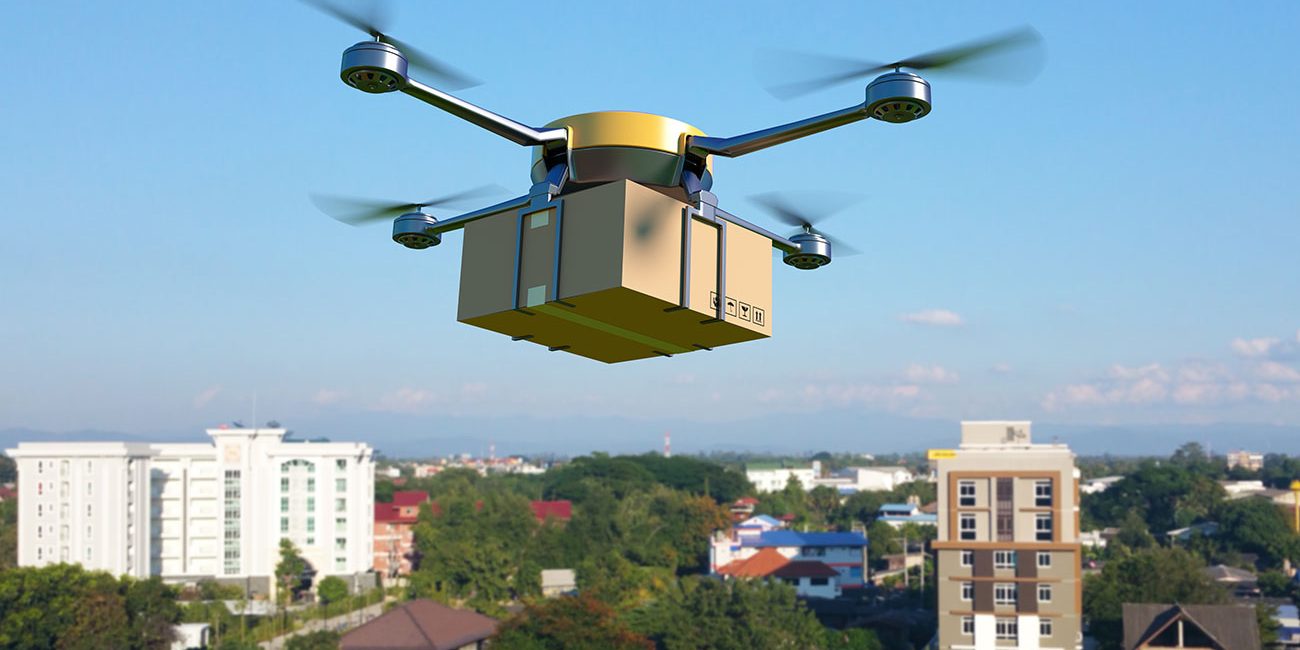Every day, we see that more and more companies and businesses are looking for ways to fit commercial drones into their market. A couple of years ago, drones became popular as the new generation or Remote-Control entertainment. However, different companies saw their potential, and soon commercial drones started making headlines. And the trend is set to continue, and many more markets and industries will find for ways to implement them in their business models.
Commercial drones have many uses, which can go from photography and media to farming, surveillance, and education. Before thinking about buying a float of drones for our company, we need to discuss the different regulations that might apply. We will also talk about different companies using drones, and how they do it. In addition, understanding the potential challenges of commercial drones will help us to implement them in our own business.
Many different companies are implementing the use of commercial drones with a wide range of applications. In farming management, drones are used for measuring and observing crops, as precision agriculture becomes a new, efficient model. Media companies and agencies are taking advantage of drones, too, as they use them for cost-effective filmmaking, photography, videography, news, etcetera.
The construction industry also uses drones to inspect and delimit industrial sites. Marketing agencies and firms use drones for banners and delivering merchandise. Besides, several online stores are starting to use drones for delivering purchases, too. Amazon plans to automate 80% to 90% of their purchases in the next couple of years.
There are several challenges that industries must face when using drones for commercial purposes. The first one being concerns of privacy and safety aiming the public. In addition to that, the limited flight and endurance capacity of drones restrict their business applications.
Another main issue with commercial drones is the initial expense that it represents for different businesses and companies. Professional drones cost around $2000 to $4000 and acquiring a float of drones would represent a large expense to any company. Also, anyone who intends to pilot a drone for commercial uses must obtain a commercial Remote Pilot Certificate from the Federal Aviation Administration (FAA).
The first thing to consider is deciding whether commercial drones would actually help our business or not. Even when most of the industries are finding ways to include drones in their operations, not all succeed. Which is why we need to avoid an unnecessary expense and determine how drones would benefit our business.
Once we have analyzed our alternatives, we might go on and purchase a couple of drones to test. Then, we will be able to acquire a full float if necessary. One interesting alternative to purchasing drones is hiring a company that offered drones-as-a-service. This way, instead of buying drones, we could rent them, turning into a cost-efficient alternative to buying them.





